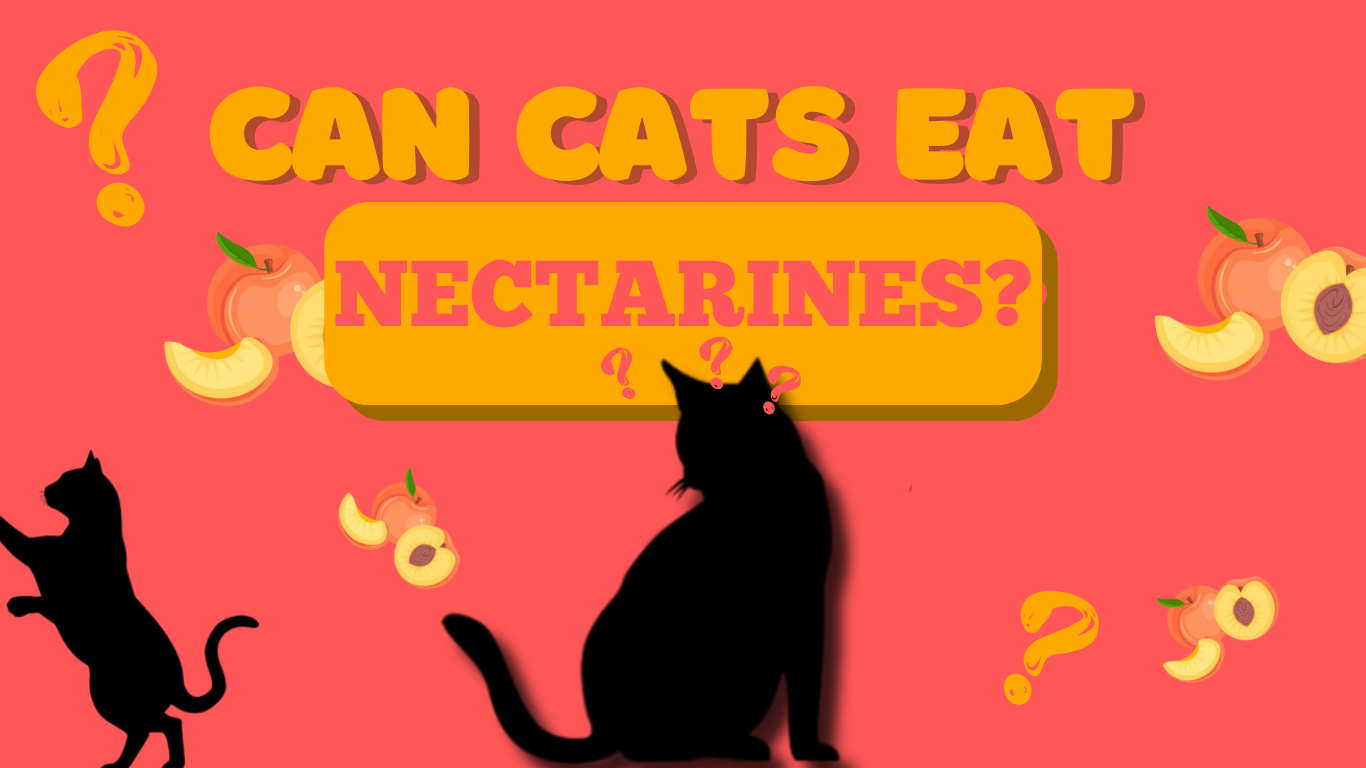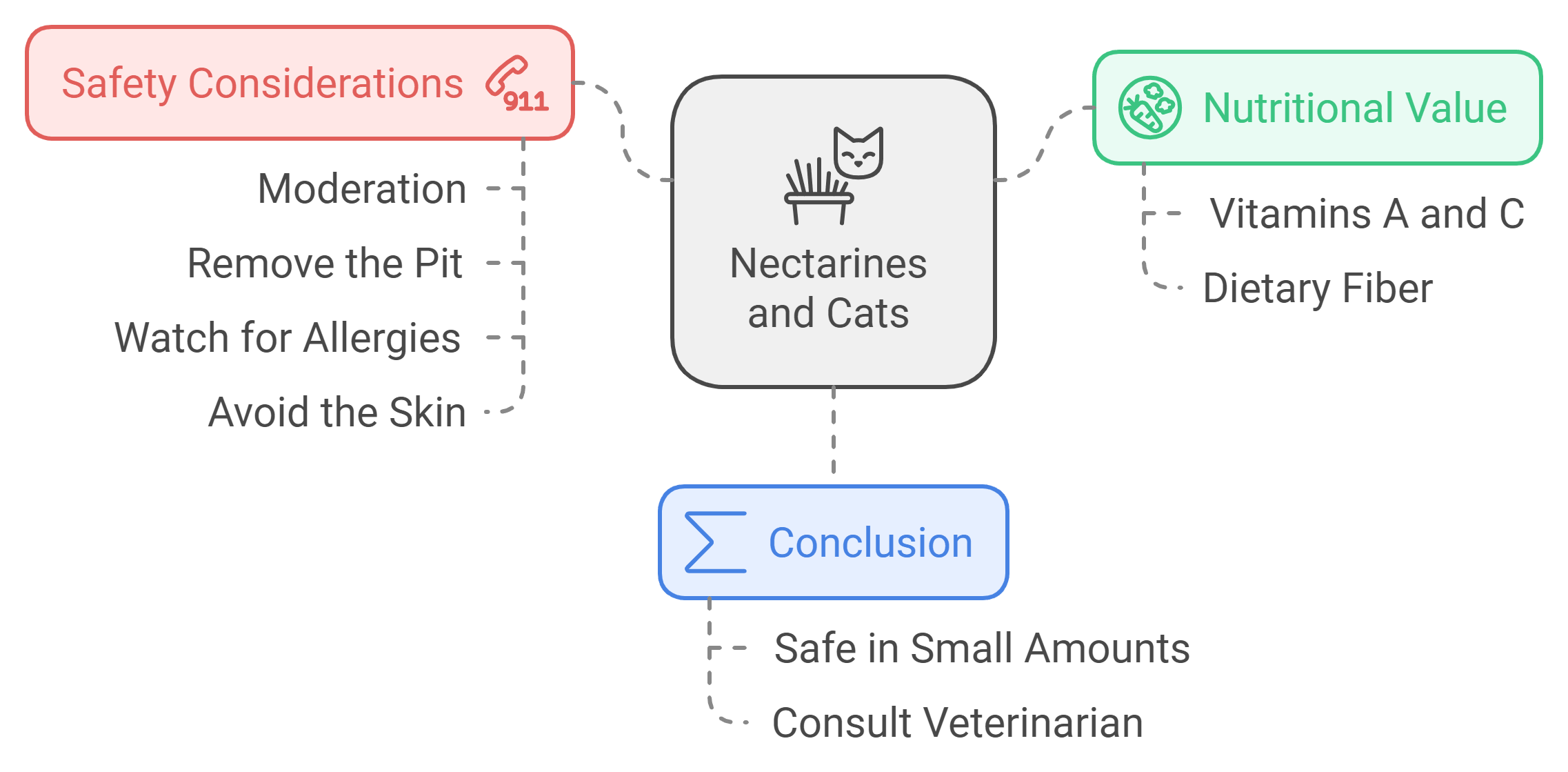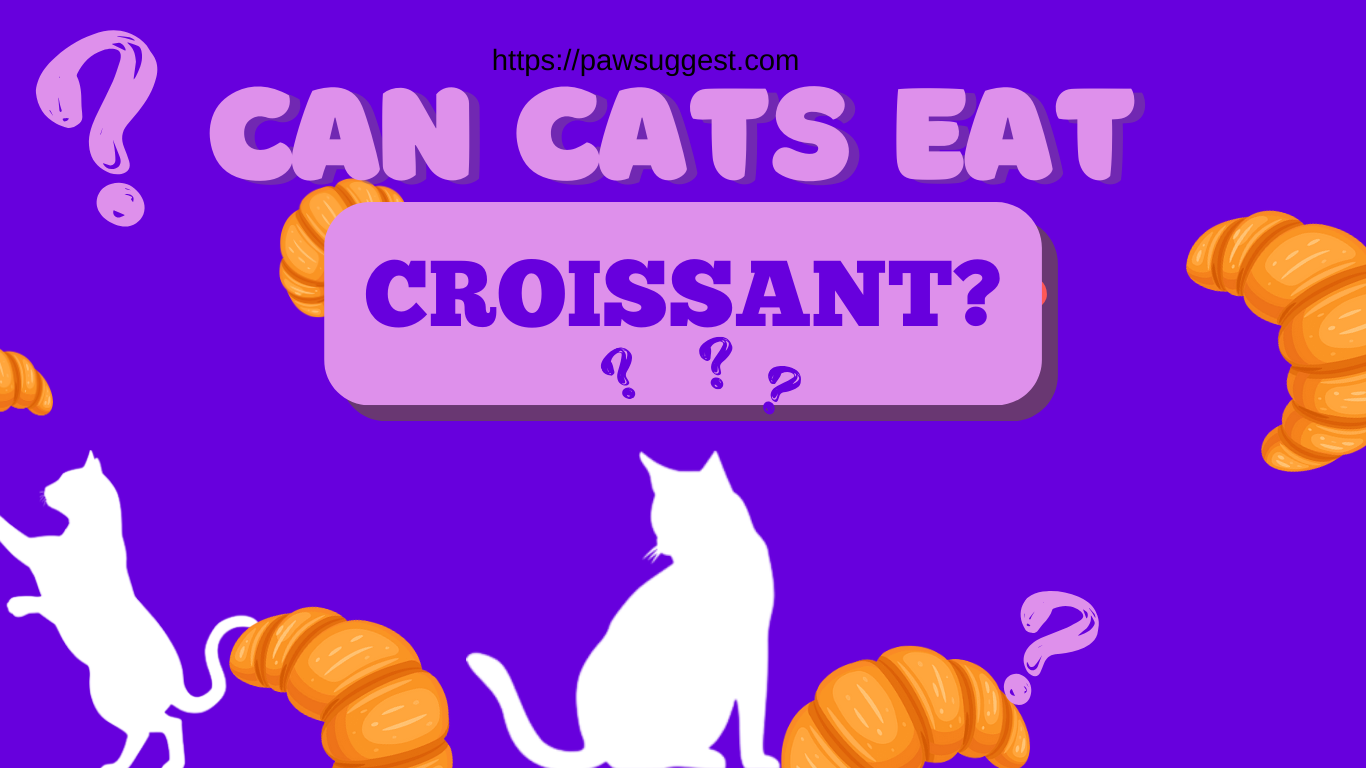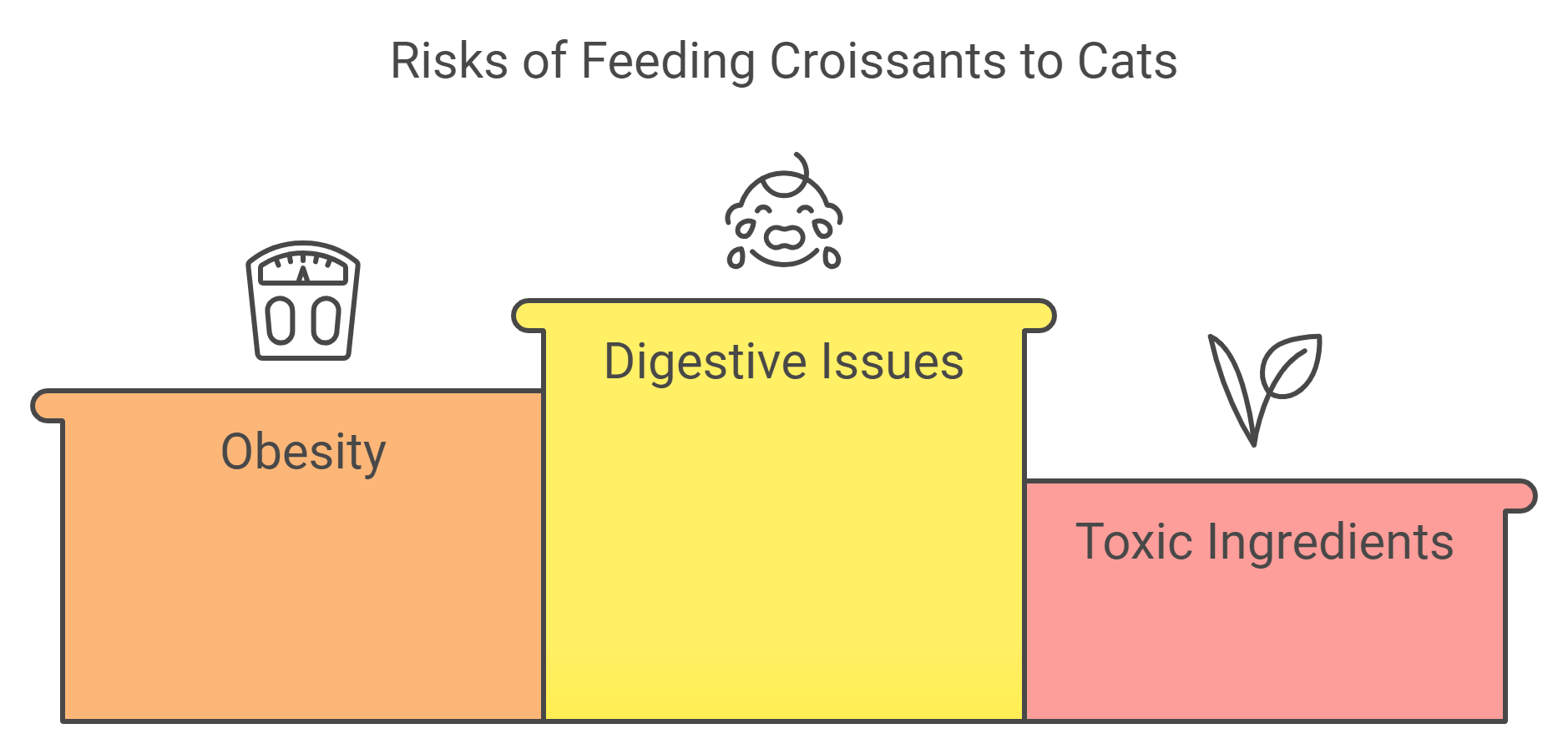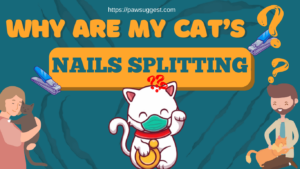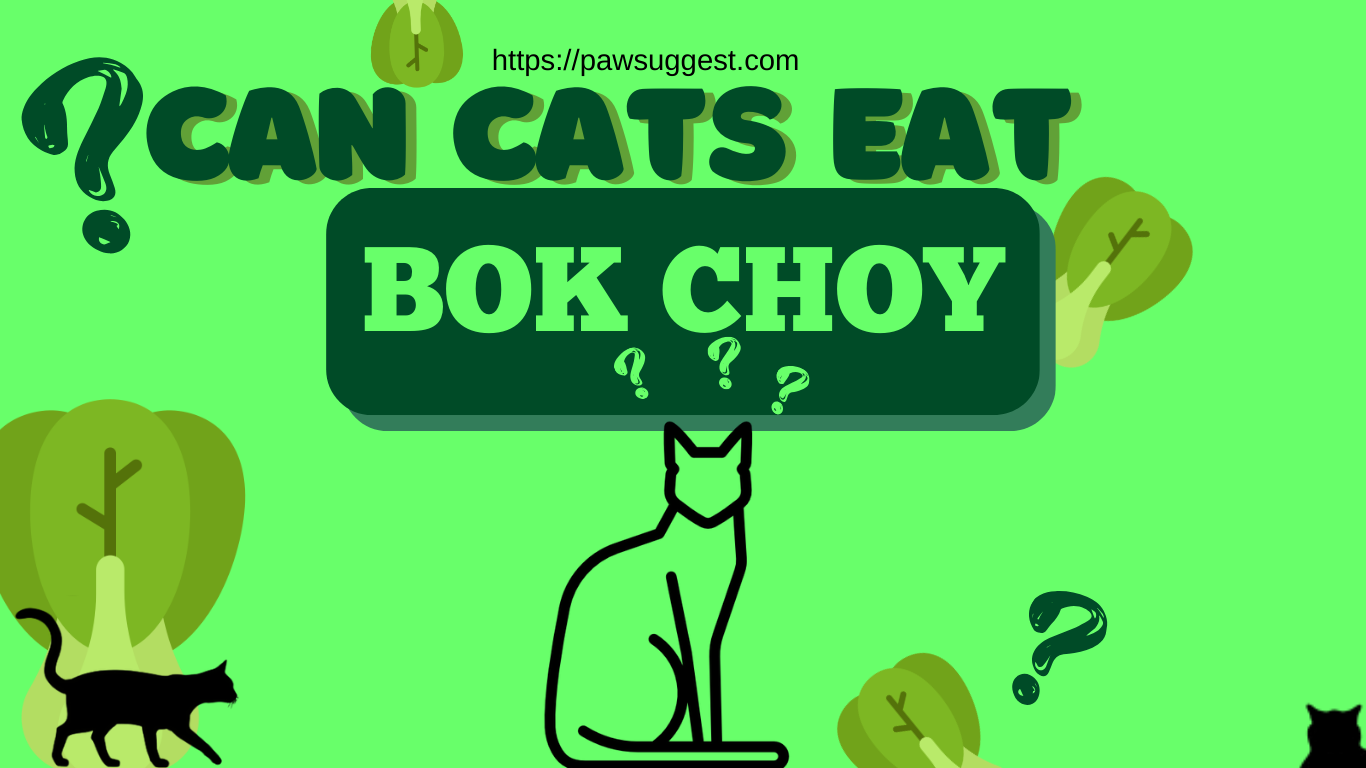
If you have been searching for a long time about things you can feed to your cat, you must tired of hearing and reading that most human edibles are toxic for cats. Right?
Is bok choy one of them?
Is bok choy toxic for your cat?
Luckily, bok choy is one of those few veggies that are edible for your best friend.
You now know that bok choy isn’t toxic for felines. But is it enough information? If you reckon ‘No’ is the answer, keep reading:
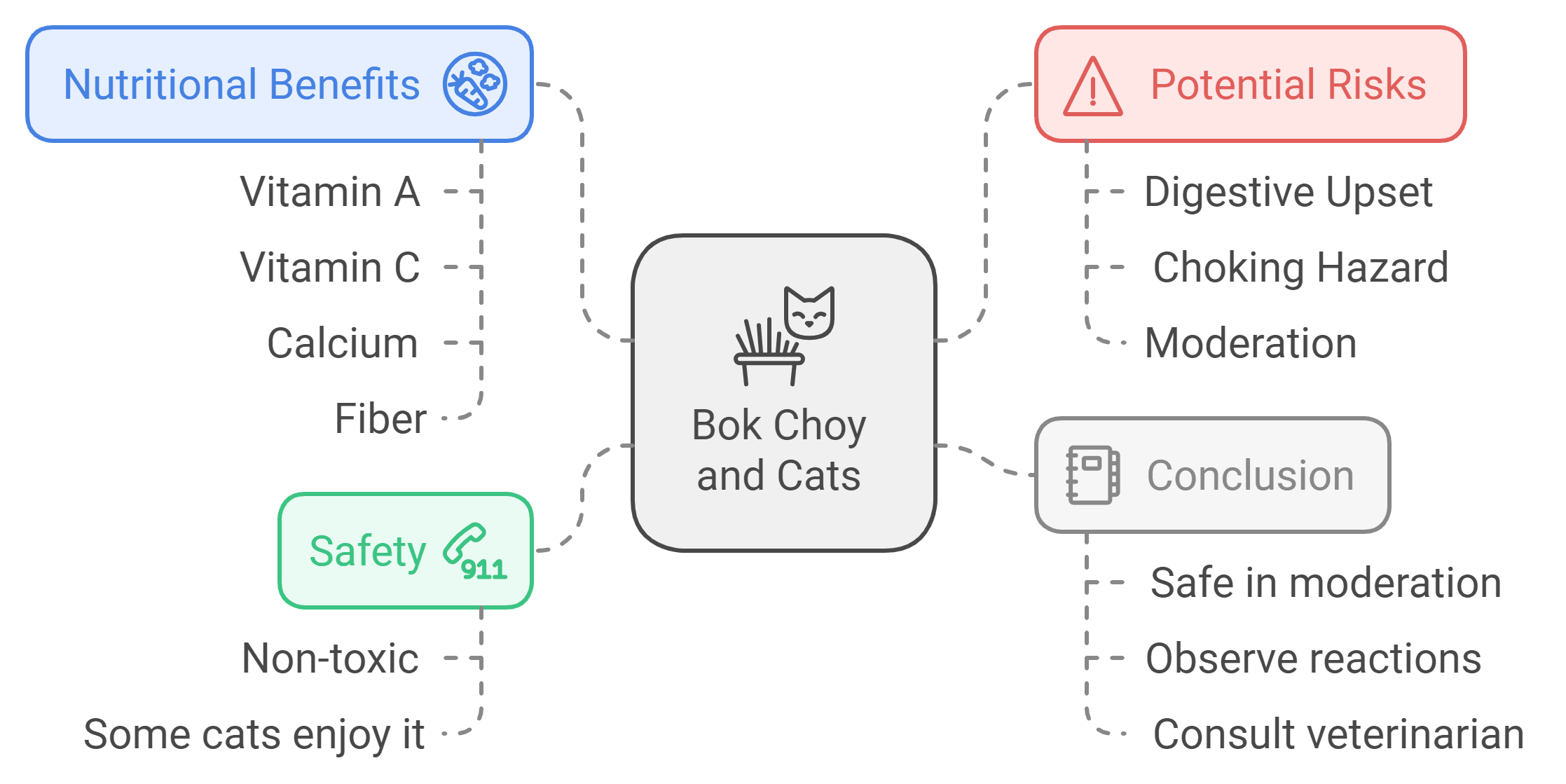
Can Cats Eat Bok Choy?
[su_note note_color=”#72E8E1″ text_color=”#000000″ radius=”18″]Yes, cats can eat bok choy. It is not toxic to them and can be fed in small amounts. Boiling it first is recommended to soften it, and it should not be given to cats with thyroid issues. While it offers some nutrients, bok choy should only be an occasional snack.[/su_note]

Nutritional Value of Bok Choy – Is it Safe for Your Cat?
You might already have heard that bok choy is an extremely healthy vegetable for us and Chinese people eat it on almost daily basis to be healthy. But a thing that has shocked many including you is bok choy is also a quite safe option for felines. It’s not as healthy for cats as humans, but it’s better than many human foods like biscuits.
Before moving further, let’s first understand what bok choy has got for your best friend:

Why Bok Choy is considered Safe for Cats?
If we have to describe bok choy in one sentence, we can say that it’s a great high calorie food with loads of different nutrients.
As cats are carnivores, their meals have to have a reasonable amount of protein. In case of bok choy, protein isn’t the main nutrient, still its amount is quite decent which’ll definitely help your furry cat.
A food being rich in a bunch of nutrients like calcium, vitamin A, and potassium (631 mg) is a quite rare thing but bok choy again surprises the mankind with its ironic nature.
After all, carbs and fiber are the only two nutrients that cats don’t need and are found in bok choy. The amount of these nutrients is so low that it’s almost negligible when compared with other nutrients. Still, you should never feed too much bok choy to cats as kitties have quite vulnerable stomach.
Benefits of Feeding Bok Choy to Your Cat
Bok choy being beneficial for humans is now an outdated debate as now, almost everyone knows that it’s great for many prominent body functions like metabolism. Hence, we are here to inform you about benefits of bok choy for your carnivore friend:
Cure Stomach Issues
Bok choy works well for a healthy cat but when it’s ill, bok choy becomes gold. A cat with constipation, stomach ulcers, gastritis, burping with a strong odor and many other stomach diseases can easily be treated with bok choy. You just have to boil it and make it soft for your feline and you’re good to go. Even if your cat is healthy, bok choy will lubricate its intestines and make its digestive system work even better.
Guilt-free Snack
Usually, cat snacks are unhealthy (such as biscuits) and you always feel some sort of guilt after feeding them to your best friend. But the case of bok choy is different because of a bunch of potential benefits it holds for cats. Hence. from now on, if your cat is bored with its daily meal and wants some change, bok choy can work amazingly in this case.
How to Feed Bok Choy to Your Cat?
Bok choy is healthy for cats but still you need to know how to feed it to your feline only because cat’s inner body is extremely delicate and fragile. Even a small change in its diet can harm it.
That’s why here are some practices you should know before feeding bok choy to your cat:
- Boiling bok choy for this purpose is always better because this vegetable is quite bitter when it’s raw and your cat might refuse to eat it. So, to deal with that easily, you should first boil it and make it soft as it eliminates the bitterness.
- Feeding bok choy to cat in smaller pieces is another practice that’ll help you. It’s because these cute little carnivores can’t digest larger portions. Moreover, bok choy can cause gas in cat’s stomach.
- Bok choy is a big no for cats having thyroid issues. It’s because bok choy is one of the few cruciferous veggies and these kinds of veggies contain goitrogens and it isn’t ideal for thyroid hormone production.
FAQs
What amount of bok choy is good for my cat?
As less as possible!
Bok choy contains so many nutrients that it is seen as a heavy (kind of) vegetable and cat’s stomach can’t digest heavy stuff. So, you must always just feed it a small piece of boiled bok choy. Boiling it before feeding it will always be better.
Does my cat need bok choy?
Not really!
Bok choy is indeed proven to be beneficial for cats. But your cat doesn’t really need it in daily life. It’s because cats are carnivores and will never turn to being vegan or vegetarian no matter how much effort you put in. All in all, using it as a snack (instead of full meal) now and then would be awesome.
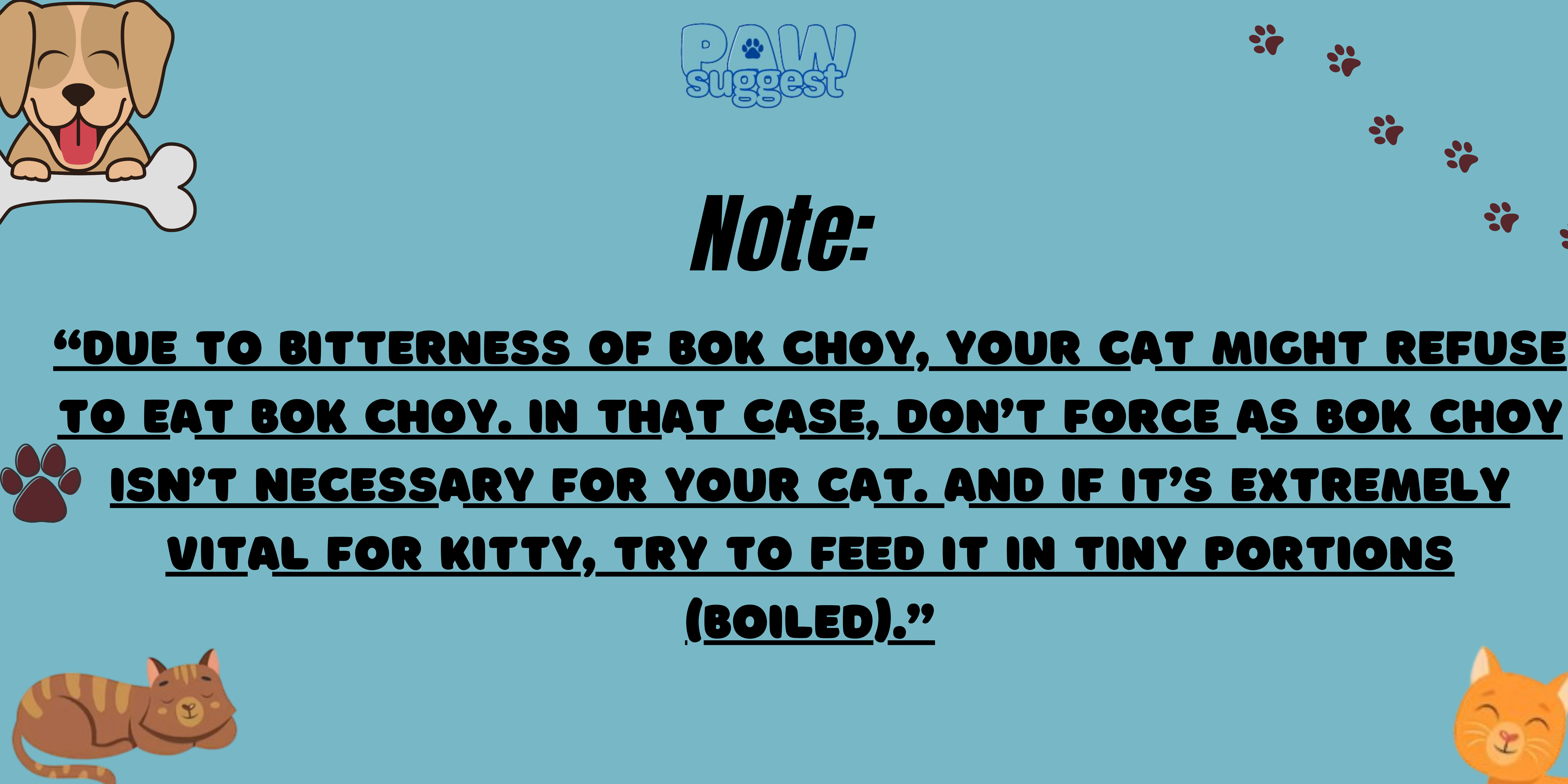
Final Takeaway
When all is said and done, it’s safe to say that bok choy is one of those few human foods that cat’s body can accept. You can start feeding bok choy to your cat anytime soon. Just ensure to take safety precautions. And after feeding it, do let us know about your cat’s first experience with Bok Choy!




